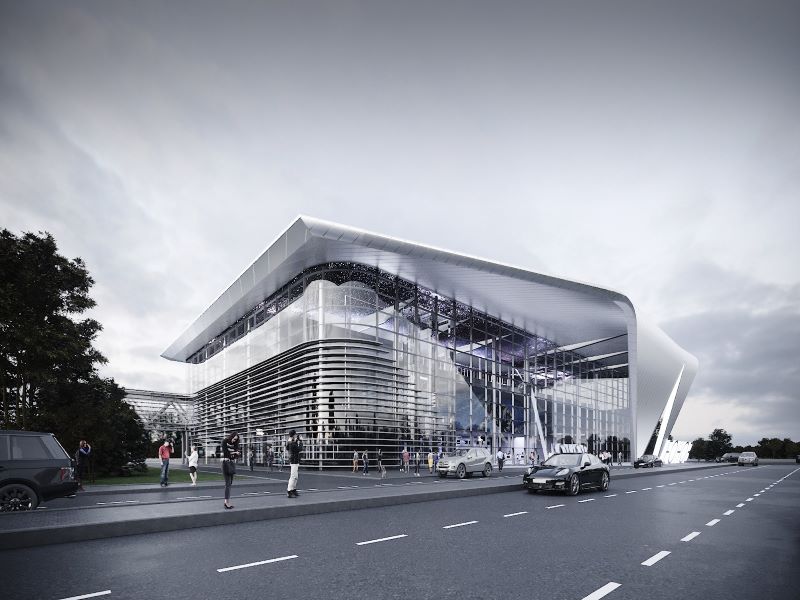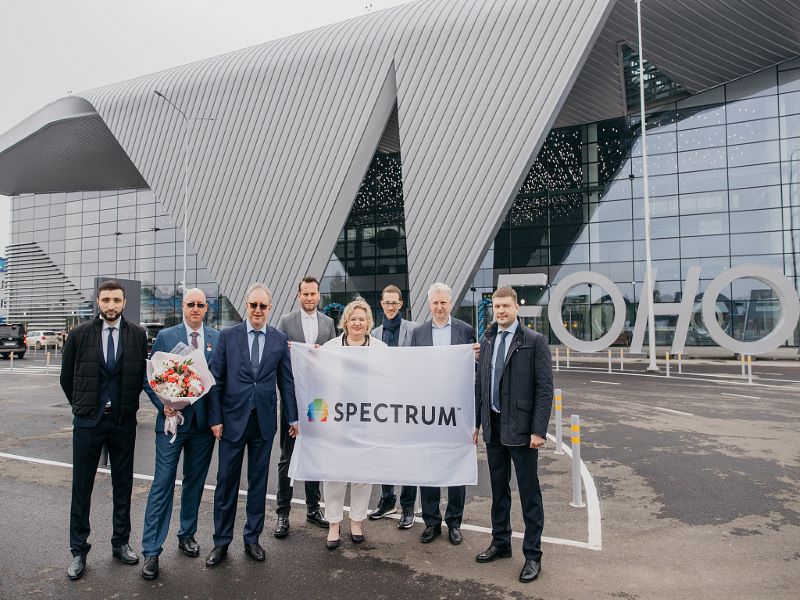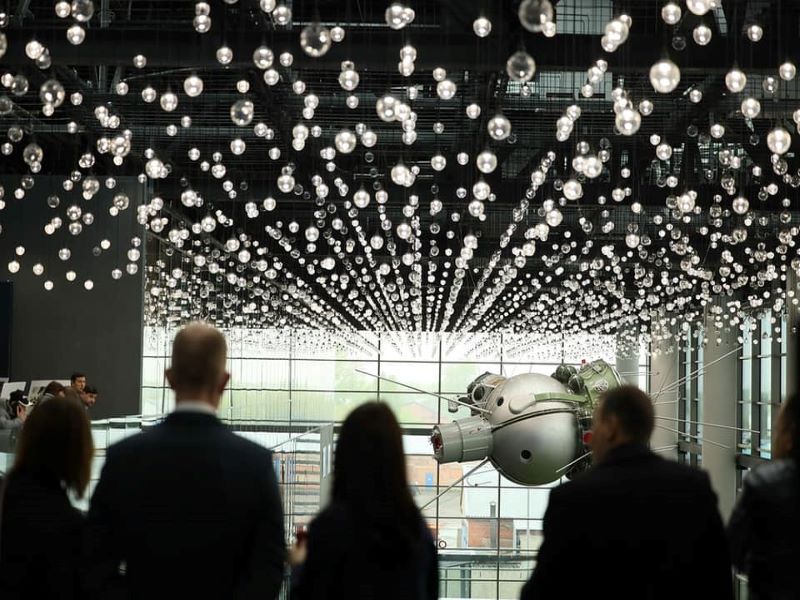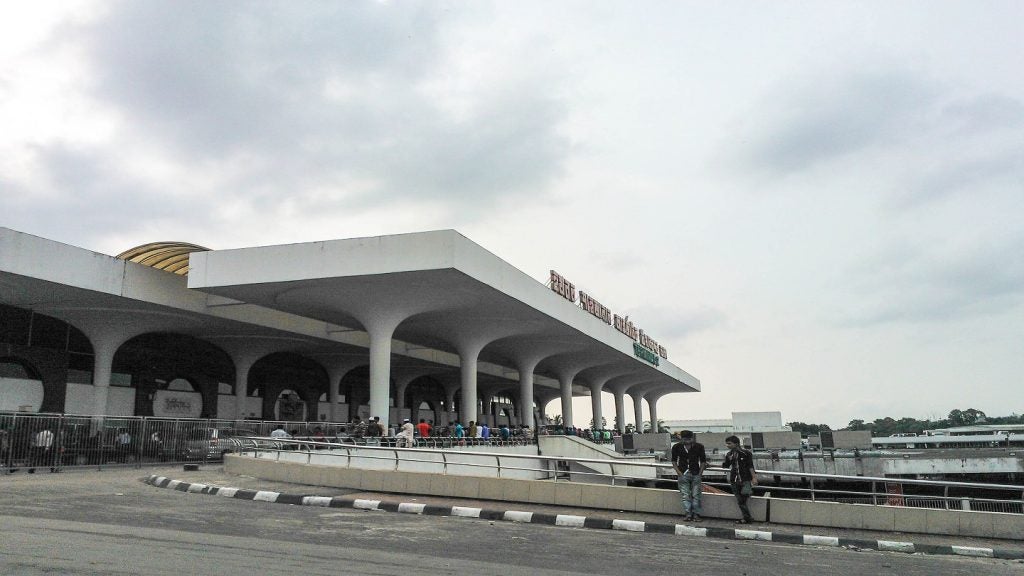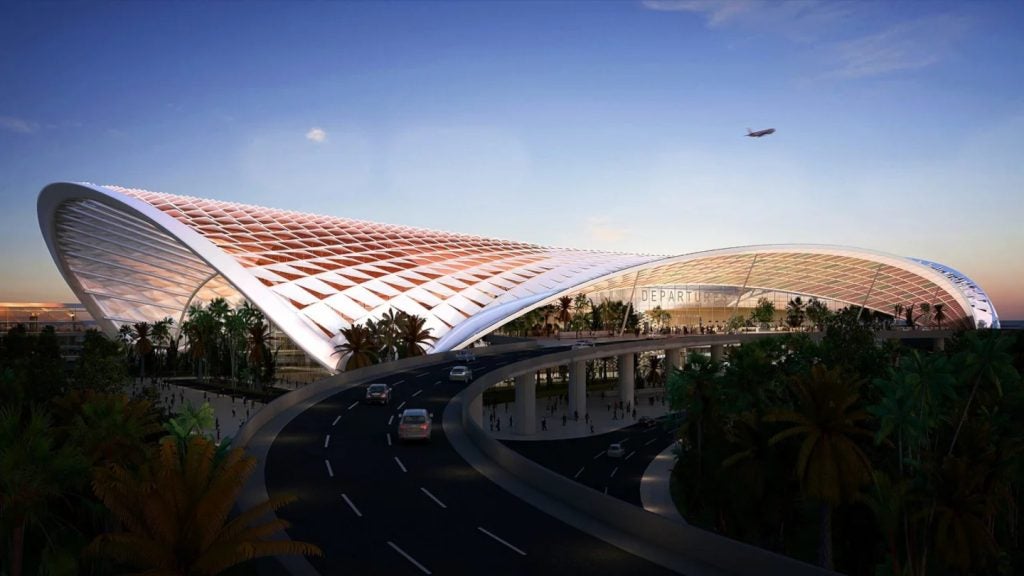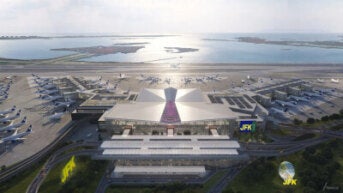A new terminal complex at the Kemerovo International Airport in Kemerovo, Russia, was opened in May 2021.
The new domestic terminal is expected to increase air traffic demand in Kemerovo as well as enhance passenger comfort at the airport. Developed with an estimated investment of RUB3bn ($38.72m), the project is part of the airport’s modernisation programme.
The Kemerovo Airport, named after former Soviet cosmonaut Alexey Archpovich Leonov, is one of the two major airports in the Kemerovo region. It is operated by Novaport, a Russian airport operator.
Passenger traffic at the airport declined by 42.06% from 512,916 passengers in 2019 to 297,160 in 2020. The new terminal joined the two existing terminals at the airport terminal complex, one for domestic flights and another for international flights. It will enhance the passenger handling capacity of the airport as old terminals are inadequate to handle peak traffic demand.
Aleksey Leonov International Airport’s new terminal details
The 11,635m² new airport terminal features three above-ground floors, and a basement that houses pumping stations, tunnels, and rooms to accommodate technical infrastructure.
The expansive glass and concrete terminal is equipped with two telescopic passageways. Arrivals and departures zones are situated on different levels. The terminal also features special service and business-class lounges to provide enhanced passenger experience. It has a capacity to handle 460 passengers an hour.
The passenger terminal’s check-in area and departure lounges will feature retail outlets such as grocery and souvenir shops, toys and travel goods stores, a pharmacy, cafes, and restaurants.
The new terminal’s design
The terminal’s outer shell features stained-glass windows built using structural glazing technology. The windows are partially covered with decorative horizontal slats. The main entrance space is covered by a canopy, which forms a prominent feature of the facade.
The L-shaped triangular opening in the visor, when combined with the other letters, forms the word ‘Leonov’. The canopy has a folded metal cladding, which is designed in contrast to the building’s glass envelope.
The finishing materials create an effect of endless interstellar space across the facility. The terminal’s interior provides impression of an open space. Spotlights installed below the ceiling resemble star clusters. Rings of light are arranged between the spotlights, hovering like celestial bodies.
The interior design also includes a model of the Voskhod-2, a crewed spacecraft that carried Aleksey Leonov into outer space in 1965.
Construction details
The terminal construction started in May 2020 and took 12 months to complete. PENETRON concrete protection system was used in the construction to protect the below-grade concrete structures of the expanded airport from the Siberian cold. It leverages crystalline technology to ensure the durability and waterproofing of below-grade concrete structures.
The protection system included PENECRETE MORTAR, a crystalline waterproofing mortar used to fill cracks, along with PENETRON, a topical crystalline waterproofing material applied as a slurry.
The solution provides the concrete structures of the new terminal with low permeability and a self-healing capability to seal hairline cracks.
Contractors involved
Spectrum, a Russian multi-disciplinary company, was selected to develop the concept for the new airport terminal complex. It also provided project documentation, supported the selection process for the general construction contractor and supervised the terminal’s construction.
ASADOV Architectural Bureau was also involved in the project design. Limak Marash, a Russian construction firm, served as the project’s general contractor.

